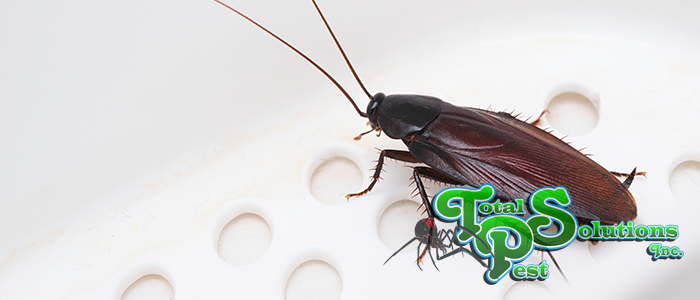
They dart out suddenly, they turn on a dime, they glisten and shimmer, and they seem scary, but how much do you really know about Lepisma saccharinum – The common silverfish? These guys have been around longer than the dinosaurs, yet so many people don’t know one end from the other that it’s no wonder they turn tail and run whenever they show up. We believe that knowledge is power, and learning about these sneaky little critters can help make them less scary – which makes them easier to control and combat in your home.
An Old Dog
So they’ve been around for longer than dinosaurs, but how much longer? About 100 million years. This meaning they’ve been wiggling through the dark corners of the Earth for around 400 million years! Their body plan has changed relatively little. They never developed wings or gills or sophisticated breathing systems, instead choosing to move as fast as they can to succeed in life.
Decomposers
In the wild silverfish act as important decomposers, working alongside bottom dwellers like wood lice, mites, bacteria, mushrooms and other funguses to eat away at all the decaying matter on forest floors. As they do this they continually shed skin and scales, unlike other insects which only shed their skins a few times throughout their life. Meaning if you know what you’re looking for you can spot a silverfish population by looking for the dusty fine silvery scales they leave behind.
Time
They do this for a long time, too. Compared to many insects, silverfish live quite a long time. While most insects such as roaches or arachnids like spiders have a lifespan that caps out at around two years, and many many others are alive for only a few months, silverfish can live up to eight years in ideal conditions. Even in a less than ideal environment a single silverfish will live an average of six whole years. During these six years, an adult female can lay around twenty eggs every single day.
With New Tricks
While they’ve been very successful in the wild, humans have given silverfish lots of new opportunities to succeed. We bring food and water into our homes and keep them in generally the same place, which can give silverfish a safe opportunity to get the things they require for life. As our technology advanced we brought even tastier things into our homes for them. Newspapers, books, book binding glues, wallpaper, carpet glue and carpets themselves, and some fabrics contain proteins, starches, and sugars that they need to lead healthy lives. They might even eat old insect shells or scales shed by silverfish!
Despite having a wide range of strange foods to enjoy, they still need to drink water just like everything else. This is why you might find them in your sink or tub. They don’t want to stay there, though. Materials that we use to build these fixtures are usually very hard for their tiny legs to grip onto, meaning they can get stuck inside for the rest of their long lives – or at least until they starve. They need a moist, damp environment that stays relatively cool and doesn’t get a lot of foot traffic. This is why they like the edges of basements and bathrooms so much, and the draw of a constant water source appeals to them as well.
Hardiness
With their long history of success on our planet, silverfish have become hardy little creatures. They are prone to resisting many of our chemical control methods, and they aren’t very interested in common insect traps. If you’ve got a serious silverfish problem, eliminating food sources by keeping your books in good condition away from the floors, replacing old wallpaper and carpet, and keeping humidity levels relatively low can help… But the best solution is to contact the experts. Contact Total Pest Solution today to learn about what effective means of control we offer.
continue reading
Related Posts
The Importance of Scheduling Regular Lawn Care Services for a […]
The Ultimate Guide to Spotting and Eliminating Flea Infestations in […]
The Menace of Cockroach Infestations in Lake Alfred Homes Cockroach […]






